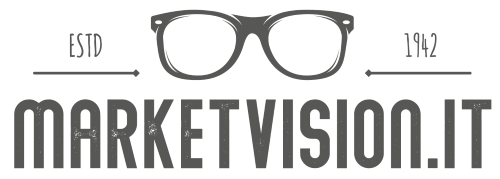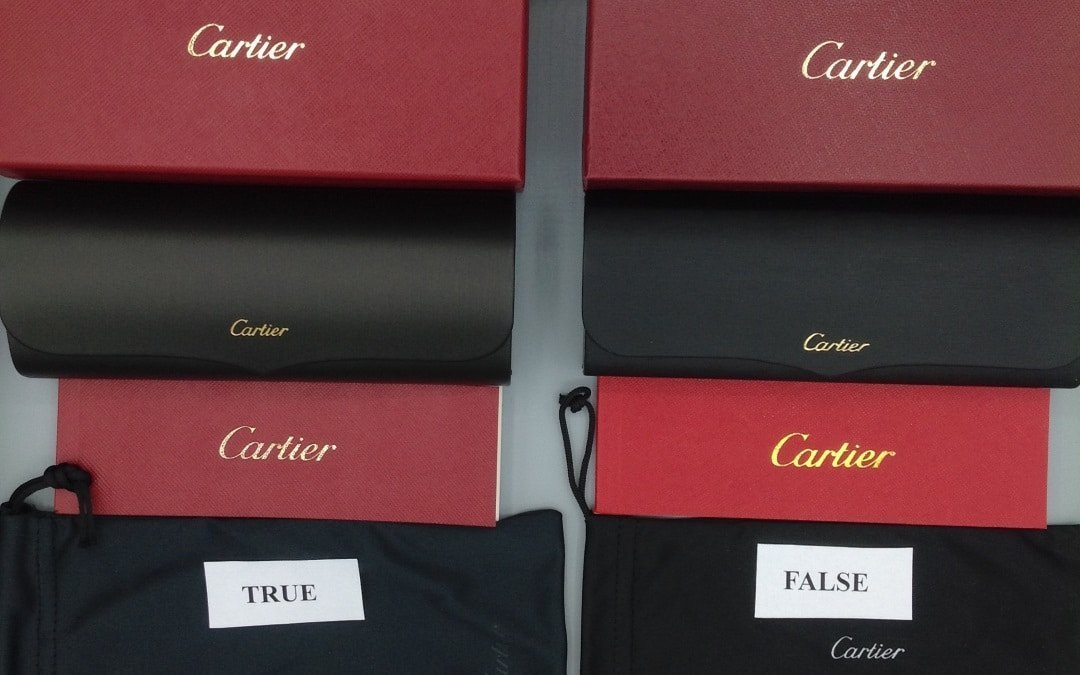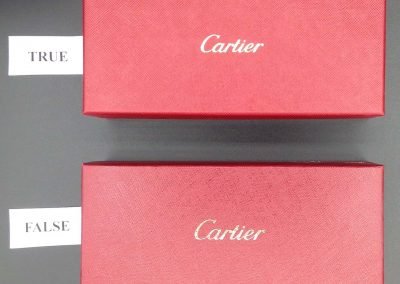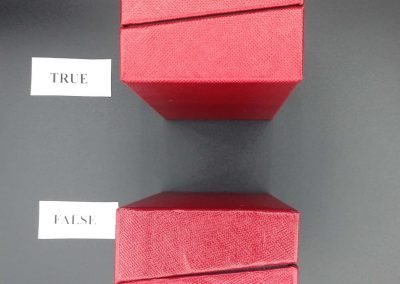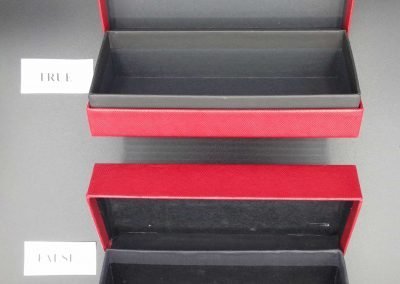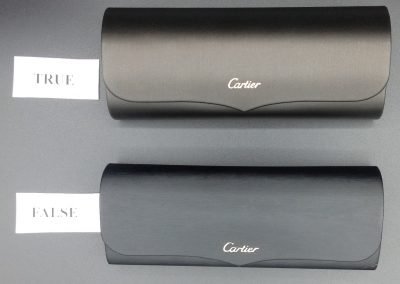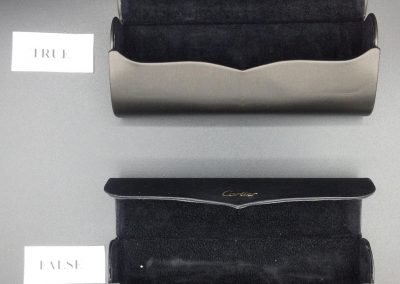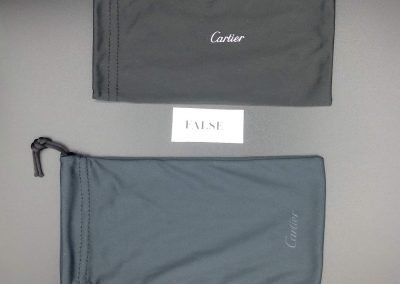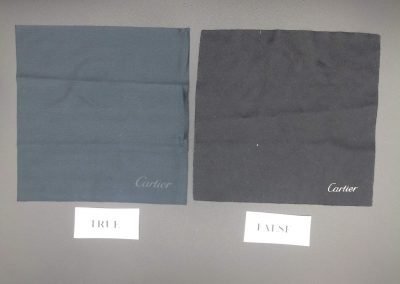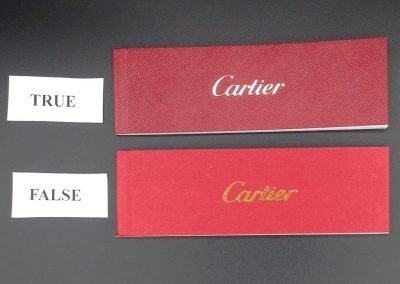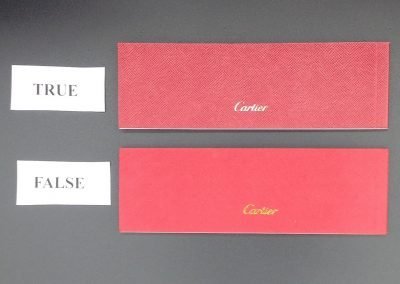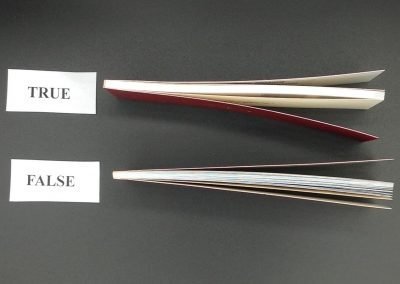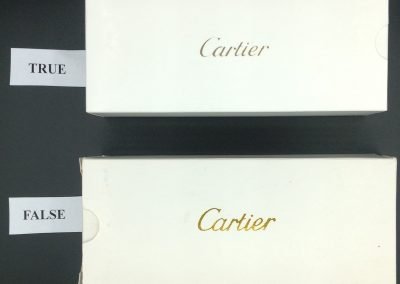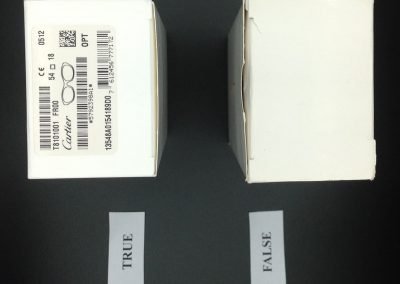On social media there are often advertisements for beautiful designer glasses at discounted prices. These are not advantageous offers, but real scams as fake glasses cause damage to vision, severe disturbances to the cornea, crystalline, eyelids and skin, due to the use of uncertified and unsafe materials and paints. Only specialized channels, trusted shops and official dealers of the brand, can guarantee and assure the certainty of selling products according to the law. Below we list a small vademecum to check and verify authenticity and compliance with the essential technical security requirements provided by the law.
How to recognize fake glasses? CE marking
All glasses must be provided with a CE marking and this must be placed in a visible way (on the rods or in any case on the attached packaging and/or documentation), well readable, indelible, no less than 5 mm in size. This CE marking was introduced by the European Community on 22 July 1993 and must be accompanied by a declaration of compliance, a certificate certifying a number of characteristics, including the name of the release rout, the release date and the date of the release. other parameters. If this statement fails, it is likely that the product will be accompanied by a counterfeit CE mark.
Examples of original CE and counterfeit CE
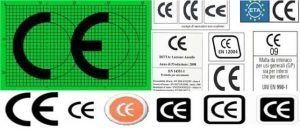
The difference between the true and the false lies in the fact that in fake brands the distance between the letters C and E is very small. In addition, the quality of the CE marking must always be assessed in order to recognize a counterfeit CE mark well.
The counterfeiting of Cartier glasses
Introducing an example of counterfeiting of this French brand. We compared a product that came from a safe source with a non-original one. As you can see from the photos, the fake is recognizable for some features that become noticeable once compared with the original.
